The waterfall methodology, also known as the cascade model, is one of the oldest project management approaches. Originating in engineering, it has successfully found applications in the IT industry. While more flexible methods have gained popularity, the waterfall model still exists in many projects.
What is the Waterfall methodology?
The waterfall methodology is a linear and sequential approach to project execution. Each stage must be completed before the next one begins. In practice, the project progresses meticulously, from requirements analysis through design, implementation, testing, and deployment and maintenance.
The cascade model is particularly effective for projects with clearly defined requirements and minimal likelihood of changes during implementation. This methodology ensures that the client and the project team share a clear vision of the final product from the outset and work towards it consistently throughout the process.
Stages of the Waterfall methodology
- Requirements analysis – At this stage, detailed information about the project is gathered. Documentation outlining the functionalities of the final product is created.
- Design – Based on the requirements, a detailed technical plan is developed. System architecture and user interfaces are thoroughly described.
- Implementation – This is where the actual software development begins. Developers write code based on the pre-established design.
- Testing – The product undergoes various tests to ensure it meets all requirements and client expectations.
- Deployment and maintenance – The completed software is installed for the client and subsequently maintained and updated as needed.
Each of these stages plays a vital role in the project's success when using the waterfall methodology.
Advantages of the Waterfall methodology in IT projects
The waterfall methodology offers several benefits. Its structured process ensures transparency, with each phase clearly defined and easy to understand. Stable requirements, established at the project's inception, significantly reduce the risk of unforeseen changes—an advantage valued by teams working on large and complex initiatives.
This model also facilitates easy progress monitoring, as the completion of each phase is straightforward to track. Another critical aspect is the creation of detailed documentation at every stage, which simplifies future maintenance and development.
Thanks to these attributes, the waterfall methodology is frequently employed in government, medical, and other critical projects where stability and precision are paramount.
Disadvantages and limitations of the Waterfall methodology
However, the waterfall methodology is not without its drawbacks, which can limit its applicability:
- Lack of flexibility – Once requirements are established, changes during the project are difficult to implement.
- Lengthy execution time – Each phase must be completed before the next begins, extending the project timeline.
- Risk of late problem discovery – Issues may only surface during the testing phase, leading to costly corrections.
- Low client involvement – After approving initial requirements, clients have minimal influence on the project's progress.
These limitations make the waterfall methodology unsuitable for projects with high variability in requirements.
When to choose the Waterfall methodology
The waterfall model is best suited for projects:
- With clearly defined requirements that are unlikely to change.
- That requires comprehensive technical documentation.
- With high predictability and minimal risk of unexpected issues.
- Where client involvement is limited to approving specific phases.
Examples include projects in industrial or infrastructure sectors, where stability and regulatory compliance are often top priorities.
Alternatives to the Waterfall methodology
Although the waterfall methodology has its merits, many IT companies opt for more flexible approaches, such as:
- Scrum – Ideal for projects requiring continuous adjustments.
- Kanban – Focuses on visualizing work and managing task flow.
- Agile – An iterative approach that enables rapid adaptation to changes.
Choosing the right methodology depends on the specifics of the project and the client's expectations.
If you're looking for a software house that applies the waterfall methodology for projects requiring a high degree of formalization, we invite you to collaborate with us remotely! We focus on detailed requirement analysis and precise planning of each stage. This ensures our clients receive stable and predictable IT solutions that meet their needs.







.png)


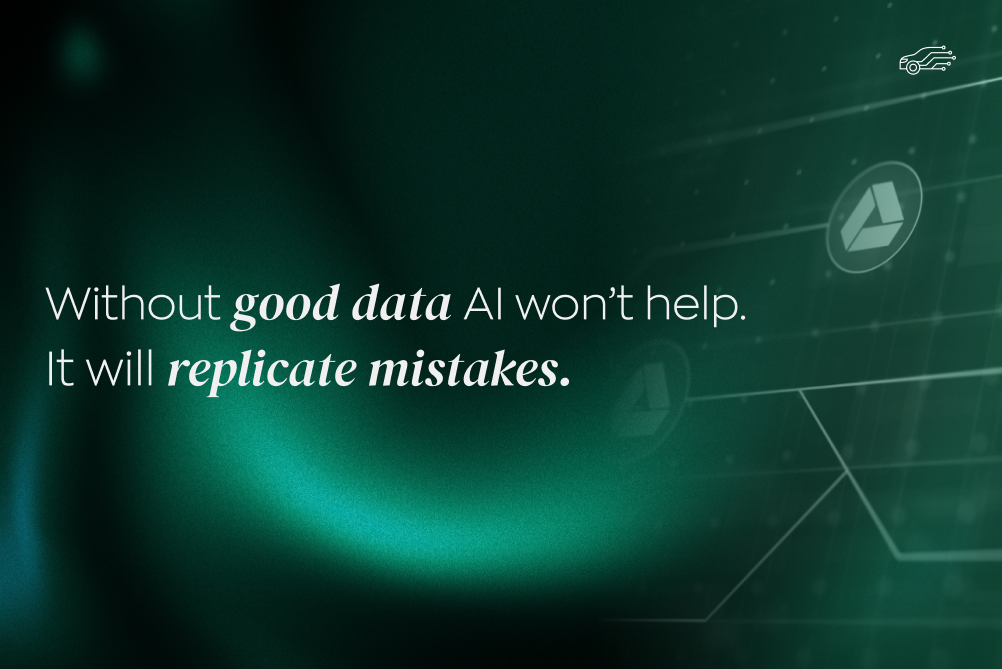

.jpg)
.jpg)
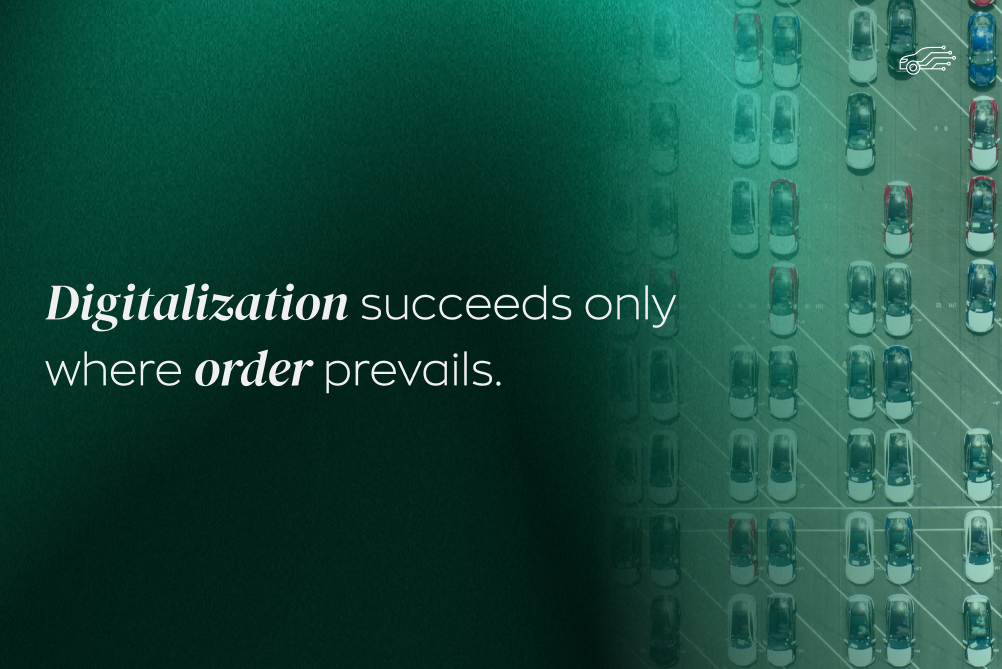

.jpg)
.jpg)

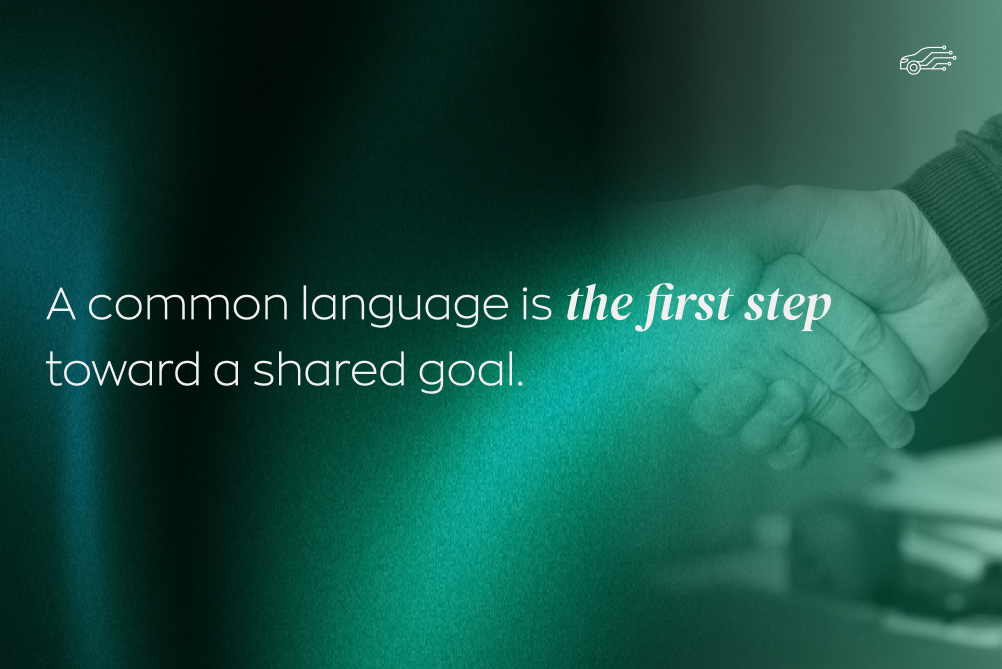
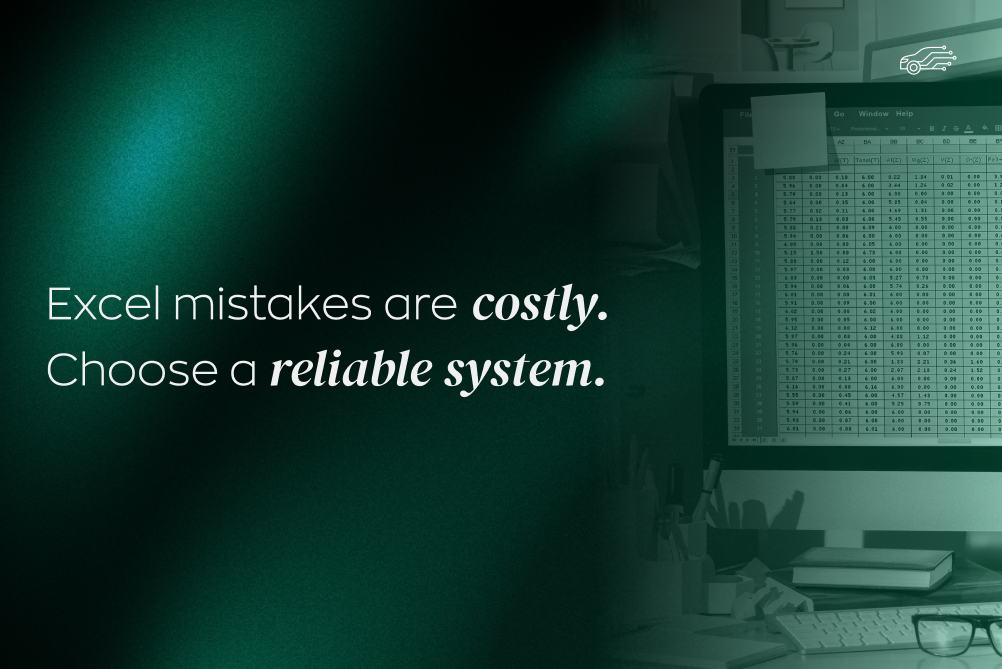
.jpg)
.jpg)
.jpg)
.jpg)
.jpg)
.jpg)

.jpg)
.jpg)
.jpg)
.jpg)
.jpg)
.jpg)
.jpg)
.jpg)
.jpg)
.jpg)






.jpg)
.jpg)
.jpg)

.jpg)

.jpg)


.jpg)
.jpg)
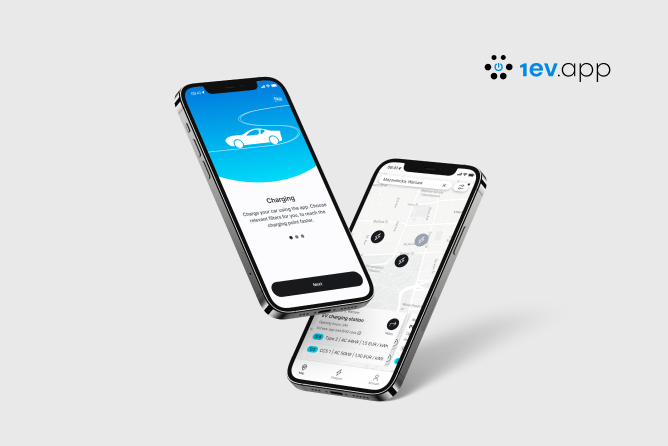
.jpg)
.jpg)

.jpg)

.jpg)
.jpg)
.jpg)
.jpg)
.webp)

.webp)


.jpg)









.webp)


.webp)























